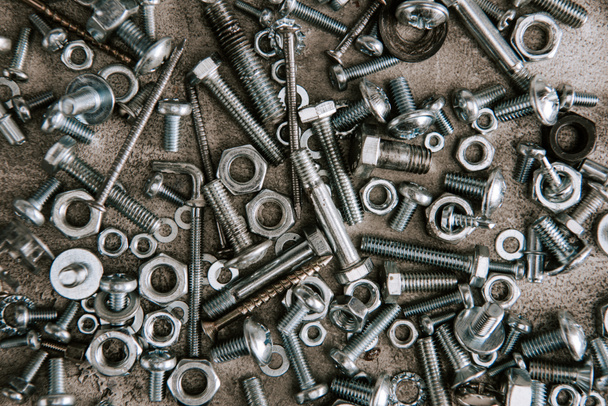Screws or Nails for Decking: Which Option Is Better?
When building or repairing a deck, one of the crucial decisions is choosing between screws and nails. Both fasteners have their advantages and disadvantages, and the right choice can impact the durability, appearance, and overall quality of your deck. In this guide, we’ll explore the pros and cons of screws and nails to help you determine which option is best for your decking project.
Screws: Strength and Stability
What Are Decking Screws? Decking screws are specifically designed for use in wood and composite decking. They feature a sharp tip and coarse threads that provide superior holding power and reduce the risk of wood splitting.
Advantages of Screws:
- Holding Power: Screws offer excellent holding power, which helps prevent deck boards from loosening over time. Their threads grip the wood securely, providing a stable and long-lasting connection.
- Reduced Splitting: The sharp tip and threaded design of decking screws reduce the likelihood of splitting or cracking the wood, making them ideal for dense or hardwoods.
- Ease of Removal: Screws can be easily removed if you need to replace or adjust deck boards, which can be a significant advantage during maintenance or repair work.
- Prevention of Cupping: Screws help keep deck boards flat and minimize the risk of cupping or warping, especially when used with pre-drilled pilot holes.
Disadvantages of Screws:
- Cost: Decking screws are generally more expensive than nails, which can add to the overall cost of your project.
- Installation Time: Screws take longer to install compared to nails, as each screw must be driven in individually, which can slow down the construction process.
Nails: Speed and Flexibility
What Are Decking Nails? Decking nails are traditional fasteners used in deck construction. They come in various sizes and types, including common nails, ring-shank nails, and spiral nails, each offering different benefits.
Advantages of Nails:
- Cost-Effective: Nails are usually less expensive than screws, making them a budget-friendly option for large deck projects.
- Faster Installation: Nails can be hammered in quickly, which speeds up the installation process. This can be particularly advantageous for large or high-volume projects.
- Flexibility: Nails provide a certain degree of flexibility and can help the deck adjust slightly with temperature changes or natural wood movement.
Disadvantages of Nails:
- Holding Power: Nails generally offer less holding power than screws and are more prone to loosening over time. This can lead to squeaky or unstable deck boards.
- Splitting Risk: Nails are more likely to cause splitting in hardwoods or dense decking materials, especially if not pre-drilled.
- Difficult Removal: Removing nails can be challenging and may damage the wood, making repairs or adjustments more difficult.
Key Considerations
- Deck Material: Consider the type of decking material you’re using. Screws are often preferred for composite and hardwood decks, while nails might be suitable for softwoods or less demanding applications.
- Project Size: For smaller decks or DIY projects, screws might offer better long-term benefits despite the higher cost and slower installation. For larger projects where cost and speed are critical, nails might be more practical.
- Climate and Usage: In areas with significant temperature fluctuations or heavy foot traffic, screws may provide more reliable performance and durability.
Conclusion
Both screws and nails have their place in deck construction, and the best choice depends on your specific project needs and preferences. Screws offer superior holding power, reduced risk of wood splitting, and easier removal, making them ideal for high-quality and long-lasting results. Nails, on the other hand, are cost-effective and quick to install, making them a viable option for larger or budget-conscious projects.
Check Out This Blog!


